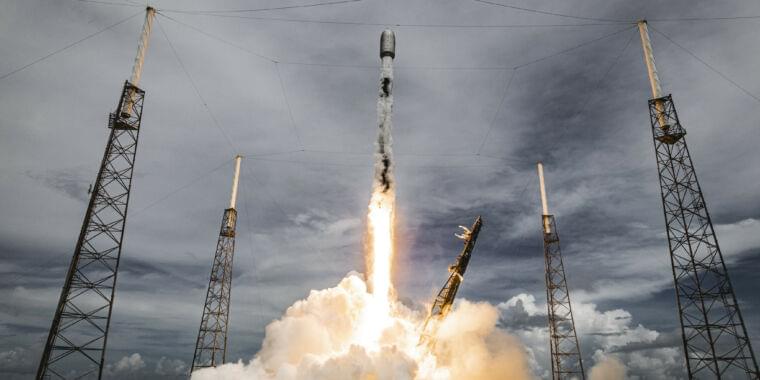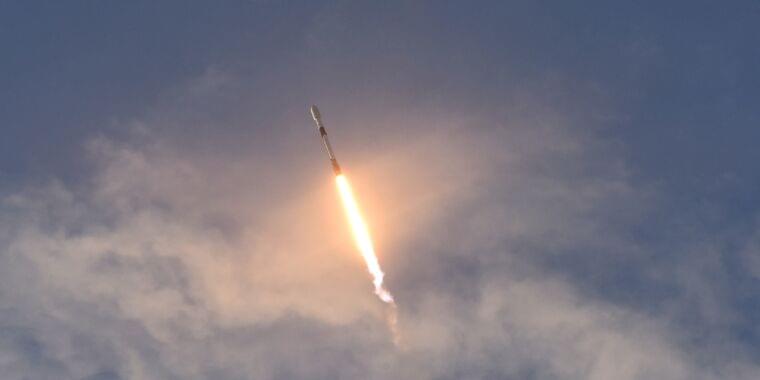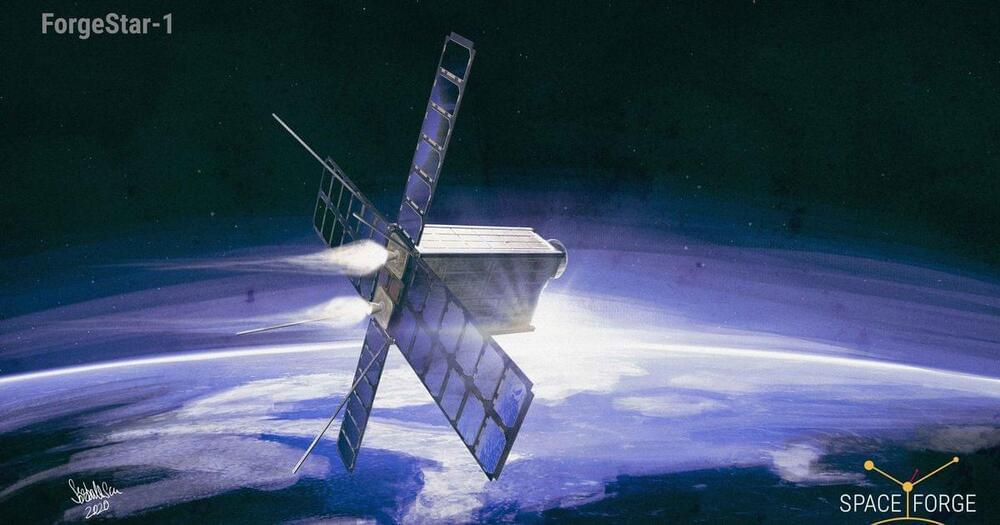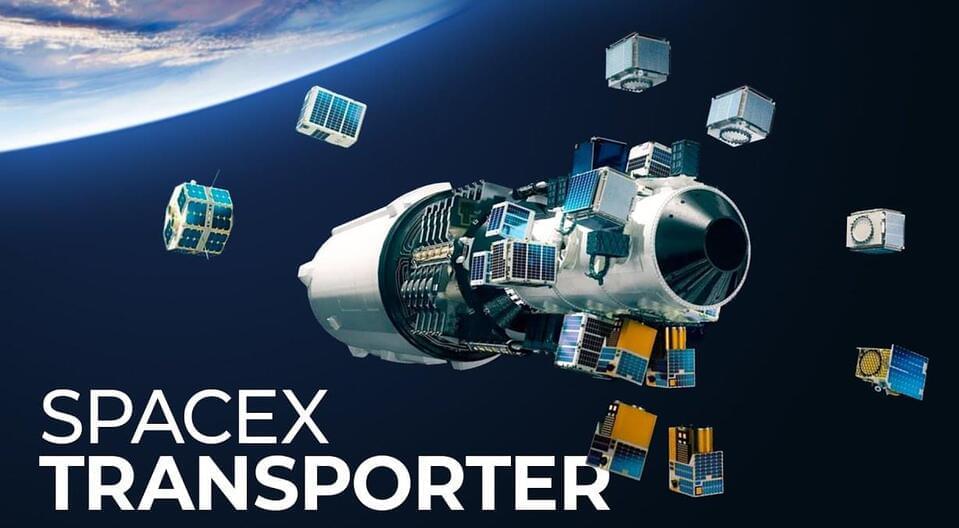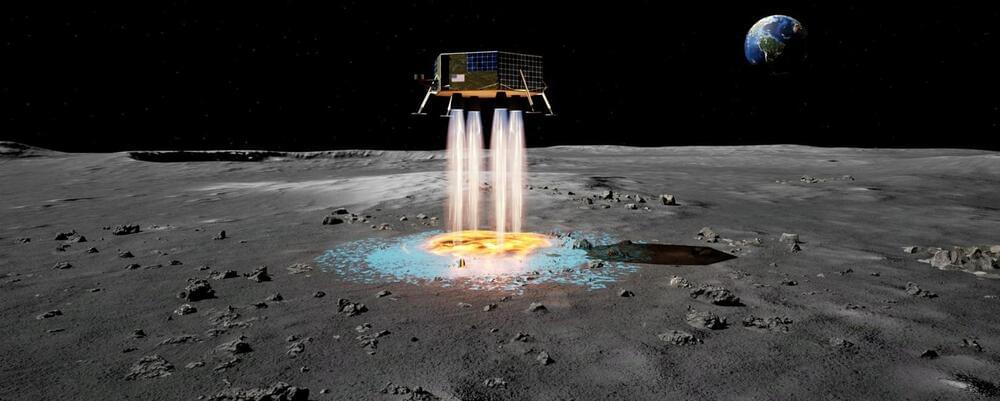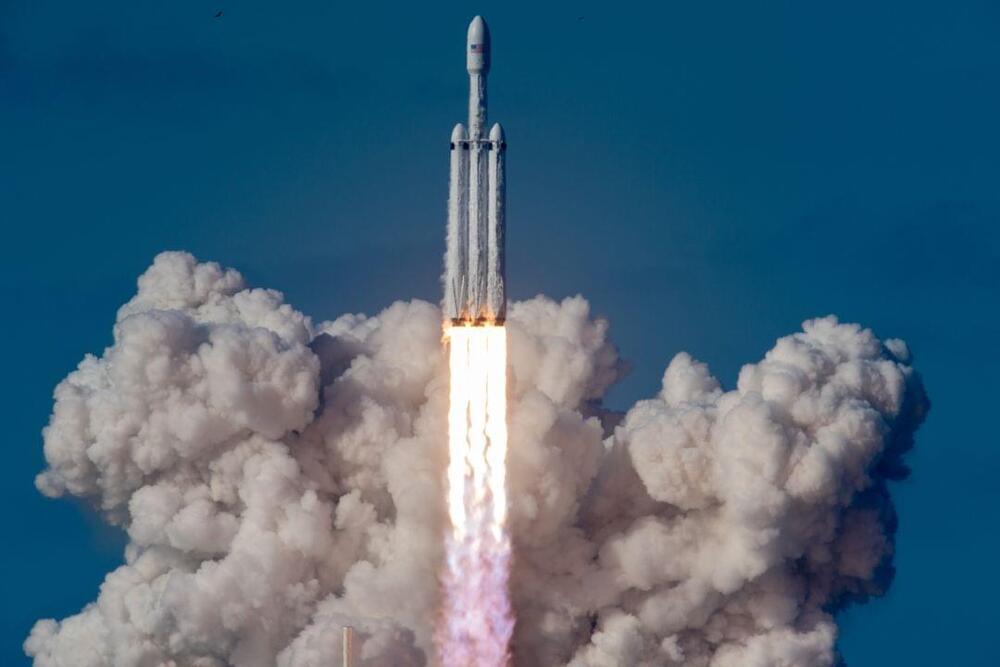A geomagnetic storm is set to hit the Earth and may affect satellites and electricity grids. The US government’s space weather tracking body has warned the public about the possibility of a geomagnetic storm, which is different from a solar storm. The phenomenon is caused by the solar wind and it will likely spark an aurora.
After the solar storm, here comes the solar wind! Over the past couple of weeks, reports have detailed the devastating impact that solar storms or coronal mass ejections (CMEs) can have on the Internet infrastructure on Earth. Now, the National Oceanic and Atmospheric Administration’s (NOAA) Space Weather Prediction Center (SWPC) has issued a Geomagnetic Storm Watch for Sunday, that is, September 26. A geomagnetic storm is set to hit the Earth. The US government’s space weather tracking body has warned the public about the possibility of a of G1 or G2-level geomagnetic storm. Among some of its effects on Earth is that it is expected to light up the skies in the form of an aurora, aka Northern Lights, and perhaps affect infrastructure.
For the uninitiated, a geomagnetic storm is a major disturbance of Earth’s magnetosphere that occurs when there is an exchange of energy from the solar wind into the space environment surrounding Earth. These storms result from variations in the solar wind that produces major changes in the currents, plasmas, and fields in Earth’s magnetosphere. According to SWPC, the largest storms that result from these conditions are associated with solar coronal mass ejections (CMEs) where a billion tons or so of plasma from the sun, with its embedded magnetic field, is shot outwards and it get directed at Earth.

